Today was an epic adventure. I got to go on snomos out to Cape Evans to see Robert F. Scott's Terra Nova Hut.
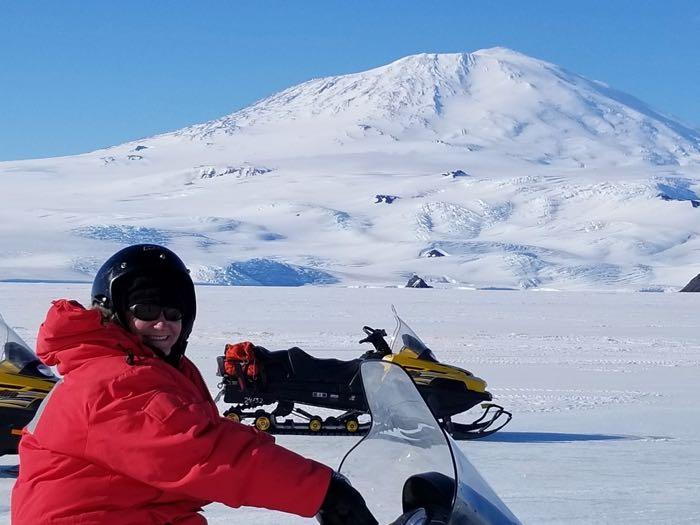
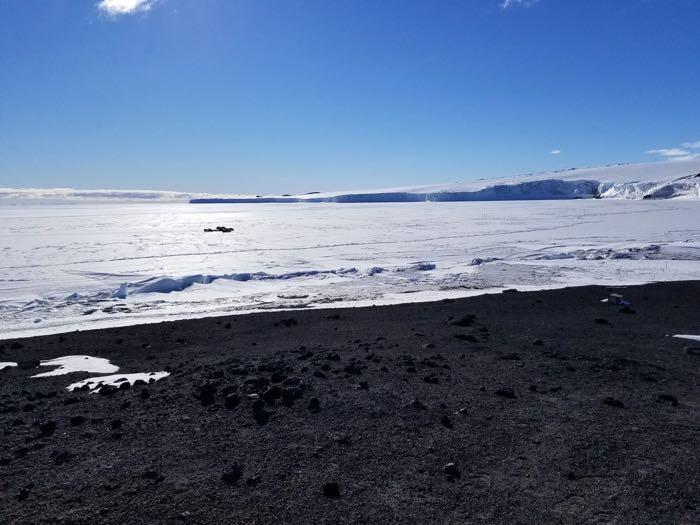
It took a little while to get the hang of it. I'm used to driving a four-wheeler, but sliding on ice and snow is a little different. The runners tend to catch the previous sleds track and pull you around like the cars on a Disneyland track. I was warned that these machines are a little top heavy, and you could feel it. It kind of felt like it would tip if I hit burms at an awkward angle going very fast. Everyone was OK with taking it slowly until we were all was comfortable.
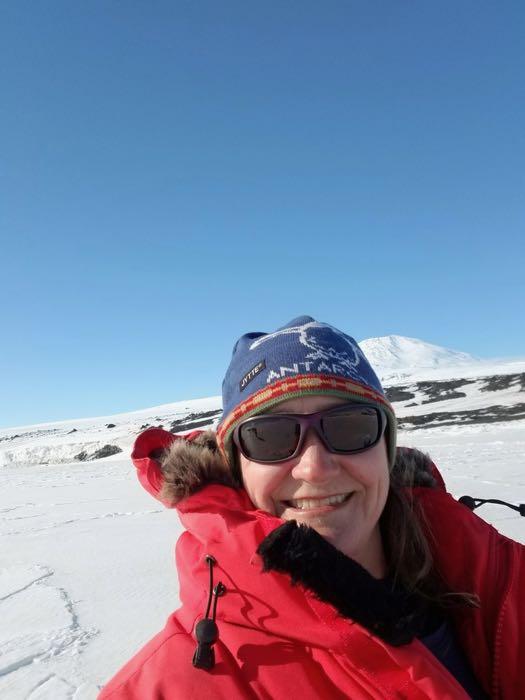
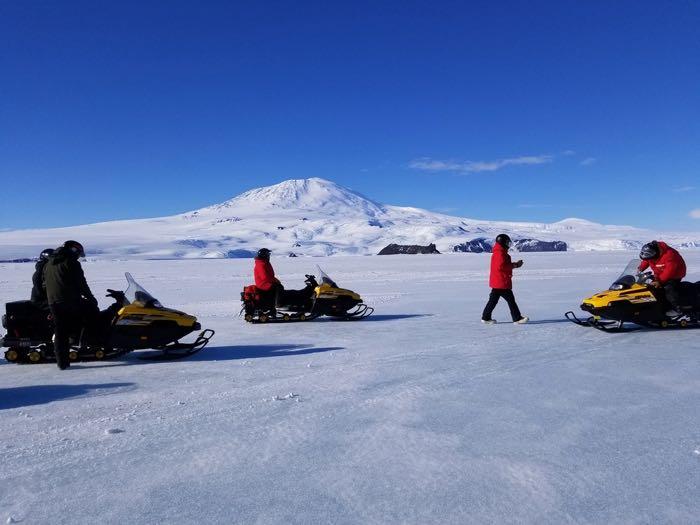
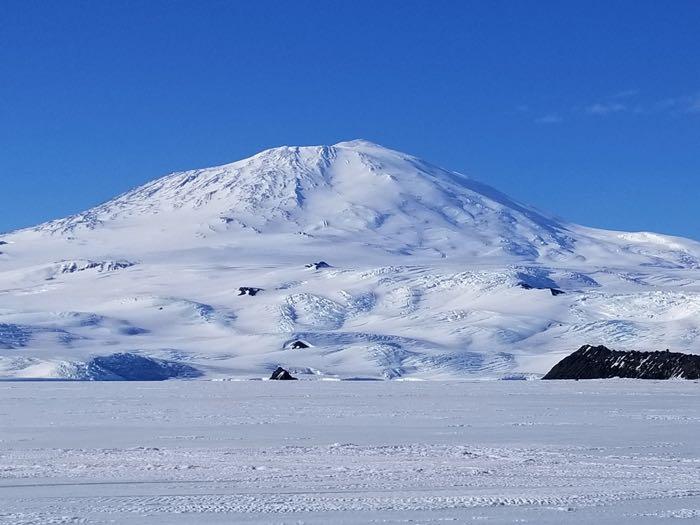
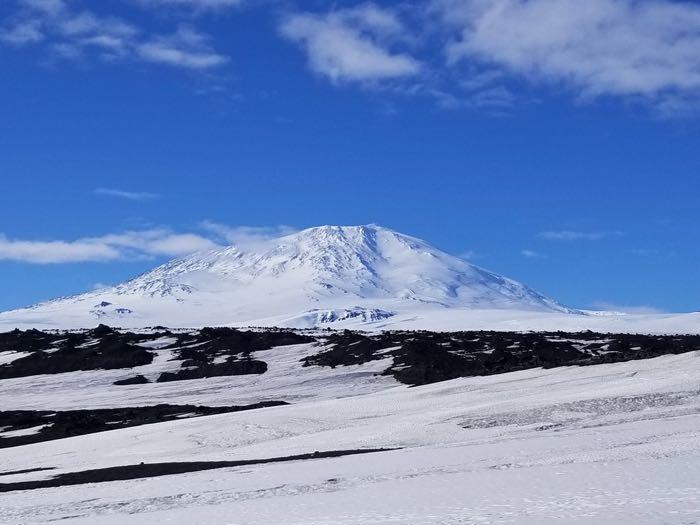
We wound our way back down the hill to our snowmobiles, stepping carefully over tidal cracks in the sea ice. The machines started right up, and we were on our way. The terrain was so much easier to see on the way home, as the light had changed. As we zipped along, I was more confident, and the bumps and curves made the journey so much fun. I even think I caught a tiny bit of air on one bump, but maybe it was just in my imagination. All too soon we arrived back on base.
Meet our Scientists
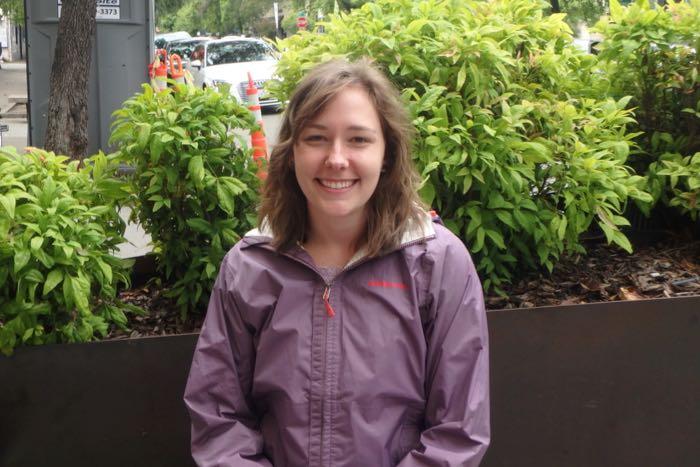
I caught up with her a few days ago to ask her a few questions.
- What are your responsibilities in Dr. Todgham's project?
We all share the responsibility of overall maintenance of the experiment (like checking the CO2 system, fish care, and measuring the carbonate chemistry of our treatment water) and then each one of us focuses in on one metric of stress response of fish acclimated to the larger experimental treatments. It’s like each one of us focuses in on one piece of the larger puzzle. My piece of the puzzle is to measure the oxygen consumption of individual fish which we then use to calculate their metabolic rate. The metabolic rate of an animal is important because it basically tells us how much energy they are spending just to live under different conditions. After we get back to Davis, I will process samples, analyze data, run statistics, and write up papers sharing our findings.
- Are you working on your own research as well?
We all have small pet projects that we are working on that complement the objectives in Anne’s grant. I’m really interested in understanding the habitat use of the fish and if they have any preferences for rocky or icy structure.
- What got you interested in science?
I actually never really thought I would go into science until pretty late in my education, maybe because I didn’t actually understand what “being a scientist” means or because I didn’t think I fit in as the stereotypical scientist. My Dad is an engineer, though, and encouraged me to pursue something in STEM in my undergraduate, so I decided to major in Marine Science and Biology mostly because of my interest in the environment. Then while in my undergraduate I took a lot of classes on marine systems and climate change and I became particularly interested in polar biology because of the drastic rate at which the poles are experiencing climate change.
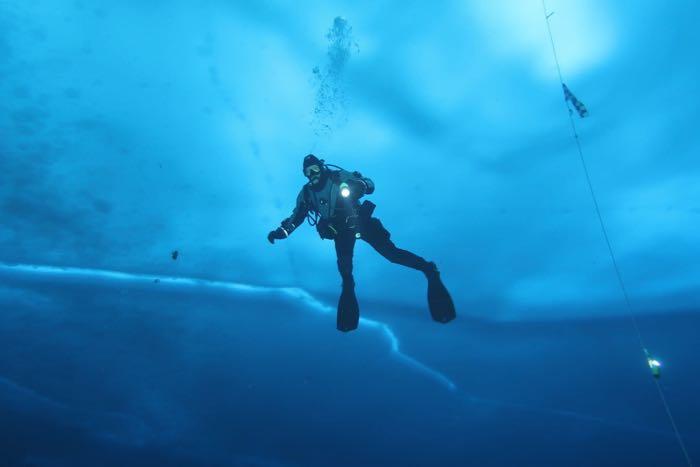
One of my favorite things to do is to cook together with friends. I’ve been really lucky to find a good community of graduate students in Davis who all value quality time with each other. Apart from that, I also enjoy rock climbing, yoga, reading, and writing.
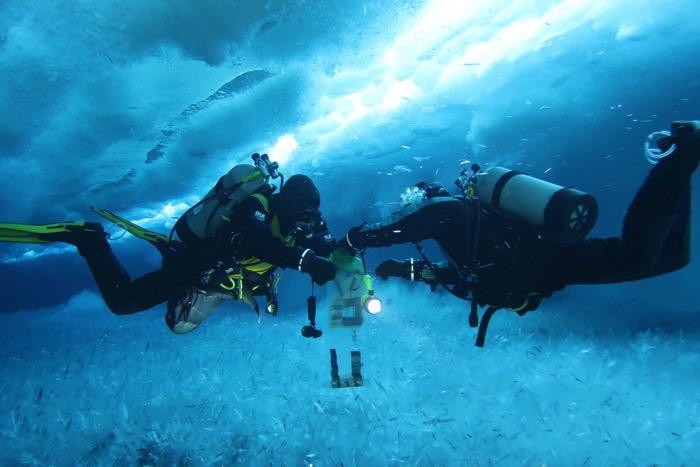
- What is your favorite part of working in Antarctica?
Definitely being able to dive here! The underwater world here is really stunning I feel very lucky to be able to actually see it firsthand. Observation is a really important part of developing research questions and being able to observe our fish underwater in their natural environment has helped me understand the ecosystem in a better way that has led to a lot of new questions.
- Can you tell me about your educational background? Where are you from and what schools you attended. Maybe about how you got started diving as well.
I’m from Colorado originally, but I moved to Miami, Florida to go to the University of Miami for my undergraduate. I went there for the Marine Science program, which is then (somewhat ironically) what led me to polar science. After a research internship at Texas A&M in college, I realized that people actually do polar biology and that it could be a real option for me. So I looked for graduate programs focusing on polar biology and found Anne’s research program and now here I am doing my PhD with Anne.
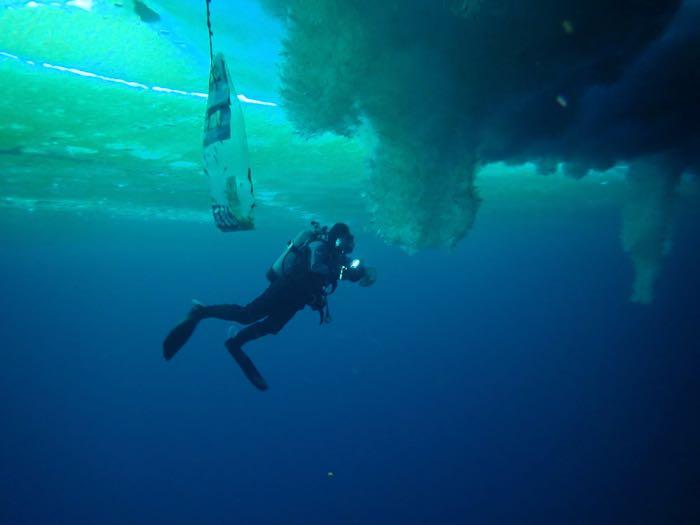
My biggest advice would be that you don’t have to look, act, or feel like the “stereotypical scientist” to be a scientist. In reality, there is a huge diversity of who a scientist is. Embrace your individuality and your interests and try to not force yourself into a mold of what you think you need to be to be a scientist.
- What are your plans for your future?
I have a few different ideas of what I’d like to do with my PhD. One great option would be to go into academia and continuing to research Antarctic ecosystems, but I could also see myself doing some sort of policy or outreach work. I really hope that I can continue working with issues in polar science in some form or another, because I am really fascinated by these ecosystems and by the drastic changes that they’re facing.
Shout Out
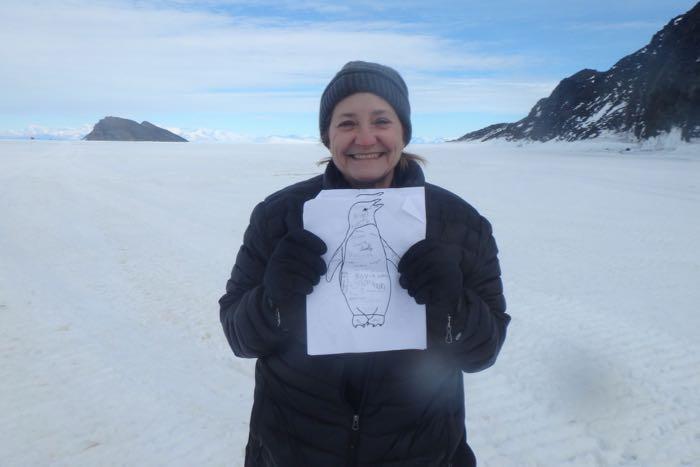
Stay Cool,


Comments